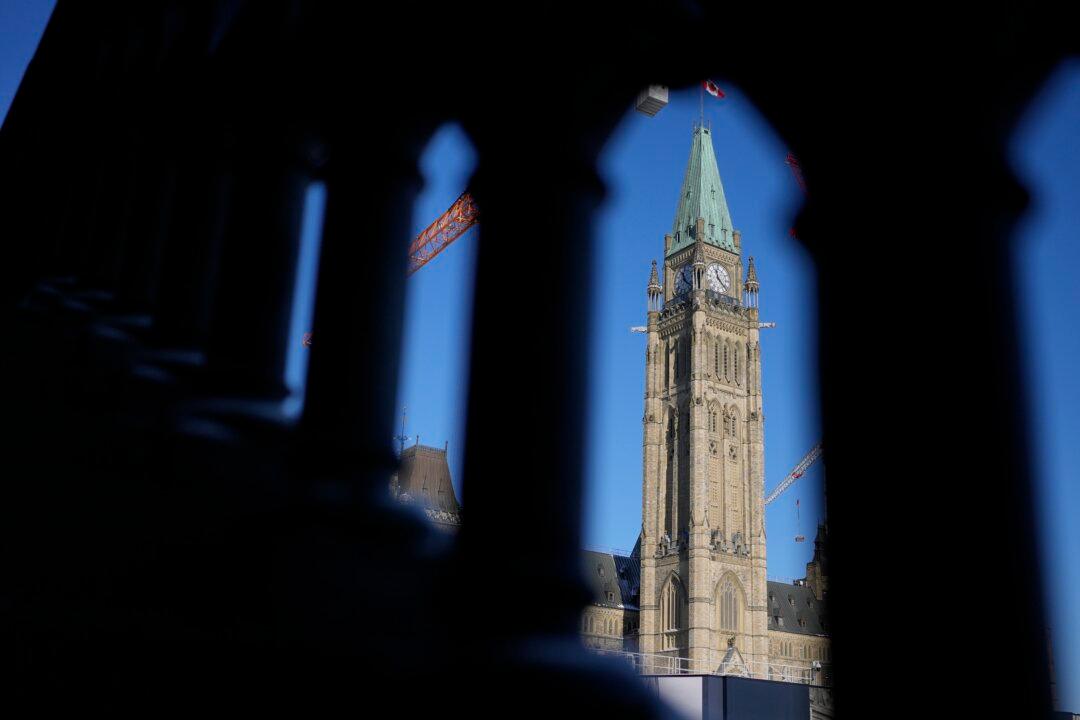The Canada emergency response benefit (CERB) became open for application starting at 6 a.m. ET on April 6. Applicants will receive the payments within three to five days by direct deposit, or within 10 days by mail.
The government is expected to make further adjustments to encompass a broader range of applicants in the coming weeks.





